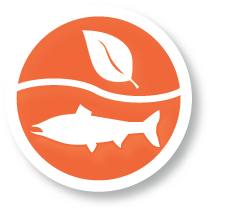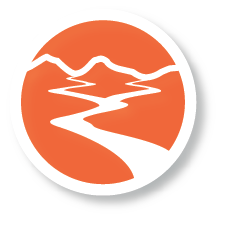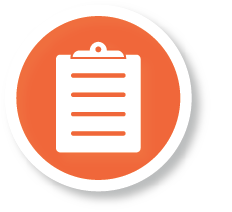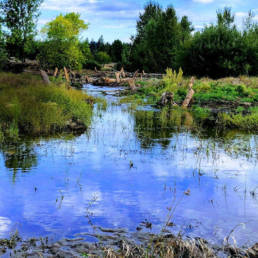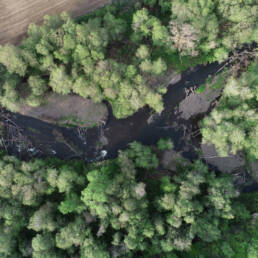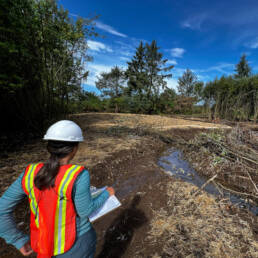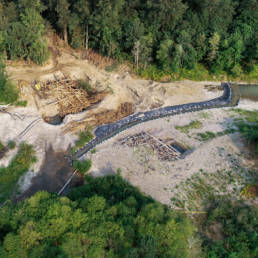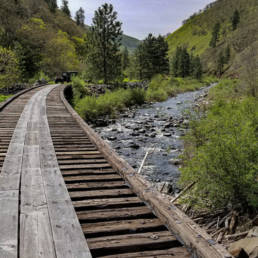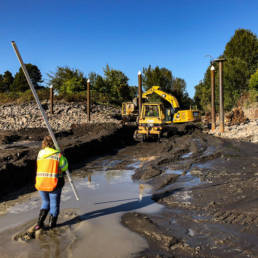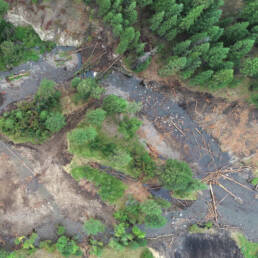What We Do
There is no one size fits all solution to restoration. Objectives vary among those for wildlife and those for people. By working with nature and partnering with people, our solutions are adaptive to natural processes and supported by the local community.
“Floodplains, river channels, plants, animals, and people—along the changing paths of rivers, streams, and wetlands—are continually shifting and adapting to natural and human induced changes within a watershed. Wolf Water Resources designs solutions that integrate the ever-changing dynamics, processes, and interconnections of the natural and built landscape.”Esther Lev
From Alpine to Estuary
From coastal estuaries to mountain streams, we work in partnership with our clients to advance the health of our natural systems. Our clients include local governments, state and federal entities, tribal organizations, watershed councils, and fisheries groups.
Shoulder to Shoulder
Our project decisions involve a true collaboration of scientists and engineers working shoulder to shoulder (not in separate departments). Geomorphologists provide the foundation for channel-floodplain resiliency, biologists inform habitat criteria, and engineers apply advanced hydraulic modeling to evaluate risk and target design needs.
Advancing the Practice
Restoring river and ecosystem health requires a robust understanding of natural processes. This means looking beyond river hydrology and hydraulics and integrating geomorphological processes into engineering.
Innovative, but Not Complex
“Working with Nature and Partnering with People” is our guiding philosophy and it is highly transferable and effective across multiple landscapes, communities, and restoration objectives.
Working with Dynamic Systems
We work in dynamic systems that cannot be restrained. That is a design challenge, but not a limitation, and from the Willamette Valley to the Wallowas we are working with nature as participant, not a foe.
Learning from the Field
W2r is involved in monitoring LTPBR and Stage 0 projects, specifically vegetation response, potential for re-incision, and thresholds for adaptive management.
Stage 0 in Urban and Rural Environments
From managed timber lands to grazed farmlands to urban floodplains we are applying Stage 0-targeted approaches. These practices reduce cost and jump-start the restoration process.
Laying the Groundwork
In the Portland metro we are helping agencies integrate their infrastructure planning and quantify benefits associated with improved resiliency to stream corridors.
Merging Technology
On over 30 miles of the Molalla River, we are merging remote-sensing technology with an understanding of river processes to prioritize restoration actions.
Flexibility
Where schedules shift and constraints emerge we adapt! When COVID-19 prevented field work to the Twisp River, we partnered with a local drone operator to capture imagery and help the project move forward.
Innovation in Restoration Practices
In our work to restore rivers and floodplains, we are taking an active role in advancing methods for analyses and design, and have worked in various capacities to see that novel design approaches can be permitted and implemented.
Urban Stream Resiliency
Rather than seeking to impose a stable form on naturally dynamic stream processes, W2r asks how can stream resilience be maximized through floodplain connectivity?
From Alpine to Estuary
From the Methow River Valley to the John Day Basin we are steadily expanding the geographies in which we work. Our primary clients, including local governments, fisheries groups, watershed councils, and tribal organizations, recognize us for our ability to deliver innovation on tight project budgets.
Not One Size Fits All
Rigorous analyses may be requisite for engineering work, especially where novel approaches are proposed, but the manner in which our analyses are customized and communicated makes a key difference in moving a project forward.
